
Objectives of the service

Cyanobacteria have the potential to develop toxins that can have several harmful effects on human and animal health.
This poses a threat to the ecological integrity of the lakes, drinking water production, livestock supply, swimming, irrigation and fishing.
NERTHUS project therefore aims to leverage digital information to address a health and environmental issue whose expansion is directly related to global warming, water pollution, and air pollution, and can impact all our water uses.
Users and their needs
The targeted user communities for the application include environmental organizations and regional water management authorities in France, Canada, and Germany.
The identified users involved in the project are:
-
P.E.T.R. Pays de Langres (France)
-
Limnologie SARL (France)
-
Agiro (Canada)
-
Regional District of North Okanagan (Canada)
-
Niedersaechsischer Landesbetrieb fuer Wasserwirtschaft, Kuesten- und Naturschutz (Germany)
Users communities: drinking water & treatment, livestock watering & irrigation, fishing, bathing & outdoor activities, health & water agencies, medias.
These organizations aim to address environmental concerns, specifically related to water resources and conservation. The primary needs revolve around improved data management, analysis, and collaboration for efficient water resource management.
Service/ system concept
The NERTHUS platform makes it possible to monitor and predict potential cyanobacteria blooms in water bodies. It collects data from a variety of sources such as satellite imagery, real-time weather readings, and in-situ sensors to measure water quality.
The system first collects this data and then pre-processes it to clean up abnormal values and gaps and then stores it in a centralized database. This step includes normalizing the data to make it comparable, extracting relevant features, and merging the different sources to create a complete data set.
Then, analytics modules explore this data to identify trends and patterns using machine learning algorithms. These models are then used to predict future cyanobacterial blooms by considering meteorological factors, in-situ data and satellite observations.
Finally, the system is deployed in a production environment with appropriate server management to ensure its availability and performance. It is designed to integrate with other systems or applications, such as the ENKI application, and thus provide crucial information for the management and preservation of aquatic resources.

Space Added Value
Satellite images supplied by ESA will be used as part of the Nerthus project. These images will enable users to observe cyanobacteria blooms at any given moment and give specific information about some criteria for the favorable conditions for blooming.
Current Status
The Scalian and Watershed Monitoring Europe teams have brought together their best experts to build a first version of the cyanobacteria bloom prediction algorithm.
The satellite indices as well as historical weather forecasts have been properly included with the integration of filtering of images with cloud cover based on the shapefile of the lake.
The experiments take into account more precise limnological information from day to day.
At the same time, the website that will group together predictions of cyanobacteria blooms is currently being developed. It will target a part of the lake for a specific user and display predictions between 1 to 3 days in advance.
Here are the screens finalized :
-
Authentication Page: This is the page to which an unauthenticated user is redirected when he wishes to access the Nerthus site.

-
Forgotten password page: The user can access this page from the authentication page. There he can enter the email address related to request a password reset and he receive a reset email for choose a new password.
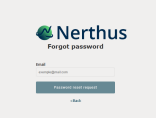

-
Error 404 page (TBD)
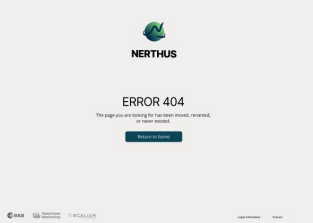
-
Maintenance page (TBD)
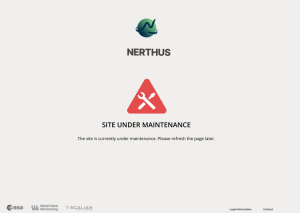
-
Support page: This page, accessible from the footer, displays the email address of the Nerthus support team.

-
Legal information page: This page, accessible from all of Nerthus pages, displays the legal information.
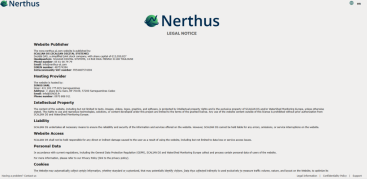
-
Confidentiality policy page: This page is mandatory for all the web sites. It allows the user to consult the general terms and conditions of use of the website.

-
Contact page: This page, accessible from the footer, offers the possibility for the user to fill in a contact form and send a message to the Nerthus team.
For the next version, WME et SCALIAN plan to set up a contact form.

-
Lake list page: Once the user has entered valid login information, he is redirected to this page. All lakes to which the user has subscribed can be found on this page and a map indicating the lakes location. It offers the possibility to filter the lake list and to search for a specific lake.
Selecting a lake on the list redirects the user to the prediction page of this lake.

Clicking on the name of a lake takes the user to the prediction page for that lake.
-
Prediction page: As the daily predictions are made very early in the morning, the seventh card will always display “no data”. Predictions are made for D, D+1 and D+2.Each card indicates the date, the blooming prediction, meteorological information, the possibility to add or modify an observation and a blooming status if available. The site also displays the satellite photo of the lake for the selected date, if available.

-
Report a blooming pop-in: This pop-in can be opened by clicking a button on the predictions cards and allow the user to report a blooming observation.
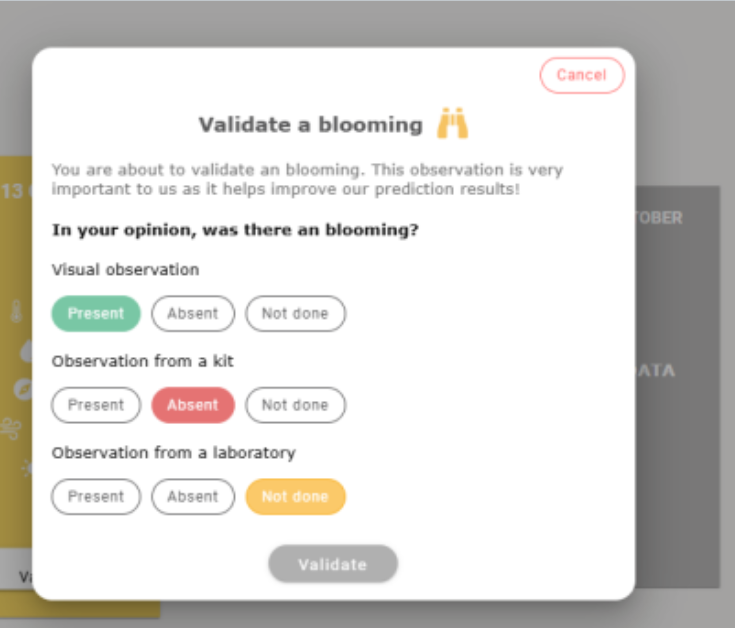
-
Legend: This text and this pop in offer the possibility for the user to view the legend of the prediction cards.
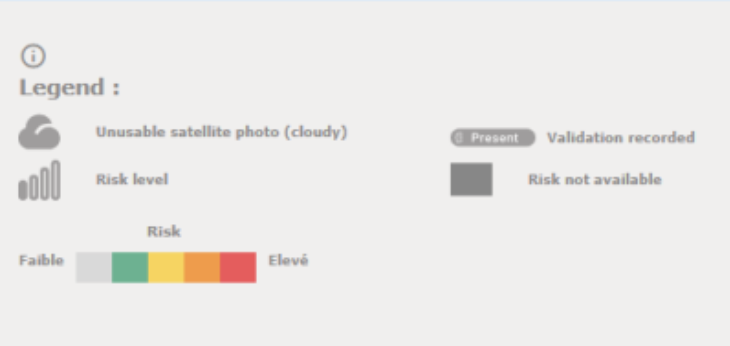
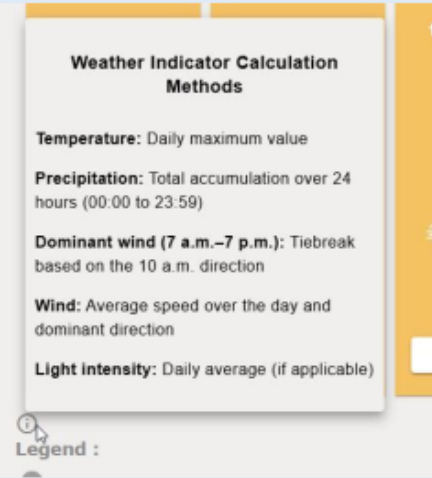
-
Language pop-in: This pop-in is displayed when the user selects the world icon in the header and allows the user to choose between French and English languages.
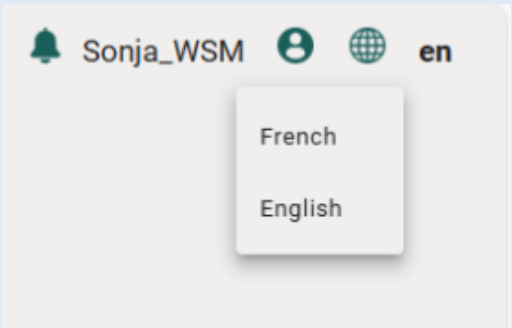
-
User profil: This pop-in allows the user to manage editing their profile, updating their password, managing their notifications and managing their unit of measurement preferences.
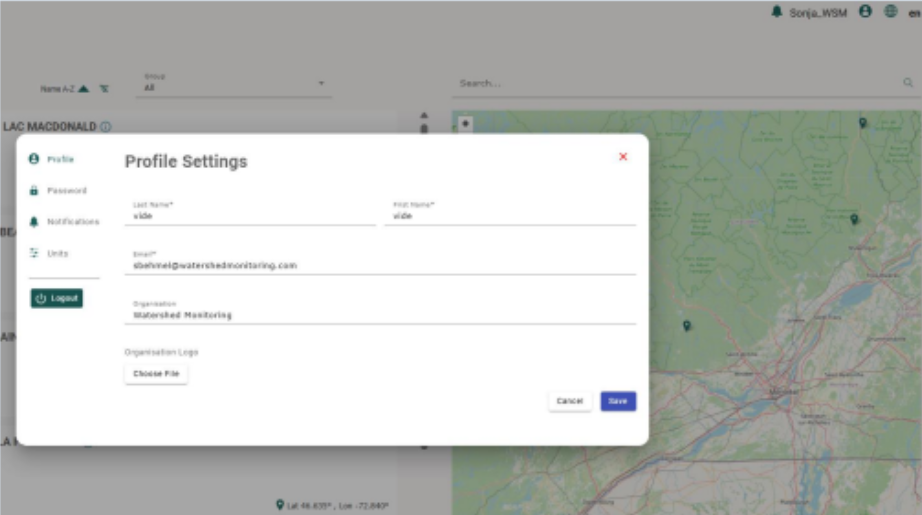



-
Notifications pop-in: The user can view his notifications by clicking on the bell icon in the header.
The bell indicates the number of notifications. Clicking on it brings up a list of notifications sorted by date and level of efflorescence.
Clicking on a notification acknowledges it and redirects you to the page for the lake in question.

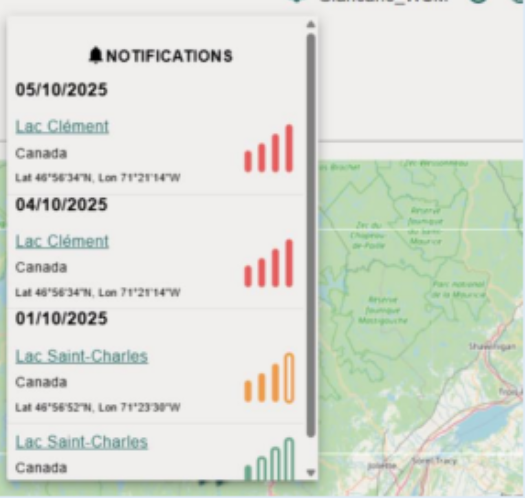
-
Notification management pop-in: This pop-in allows the user to select for each lake which type of notification he wants to receive on the website or by e-mail.

-
Cookies management panel: The user can display this pop-in by clicking on “Manage services”. The Nerthus website uses the open-source cookie manager “Tarte au citron”.





